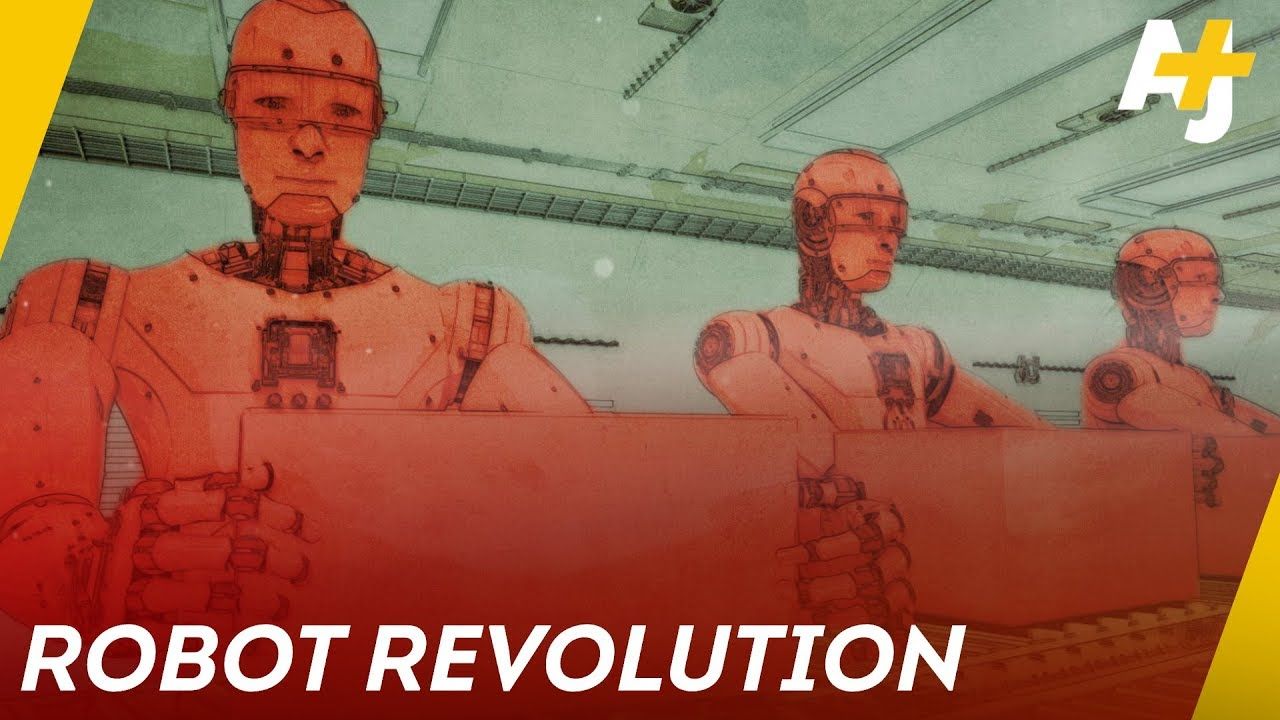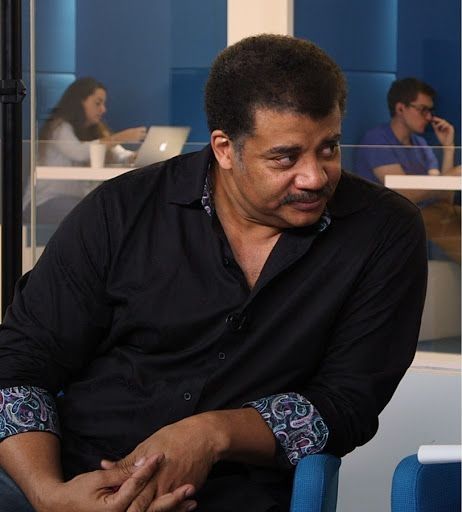A look at Lt. Gen. Paul Nakasone’s public statements about artificial intelligence, offense, and defense.
The Army general likely to be tapped to head U.S. Cyber Command and the NSA has some big plans for deploying cyber forces and using artificial intelligence in information attacks.
Lt. Gen. Paul Nakasone, who currently leads U.S. Army Cyber Command, is expected to nominated in the next few months to replace Adm. Michael Rogers, as first reported by The Cipher Brief (and confirmed by the Washington Post and a Pentagon source of our own). But caution is in order: the rumor mill says several other contenders are in the running, including Army Lt. Gen. William Mayville. Neither Cyber Command nor the Pentagon would comment about the potential nomination.









